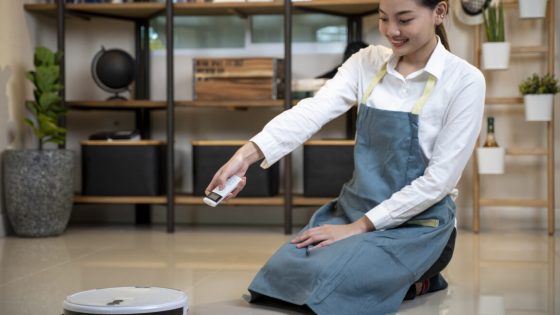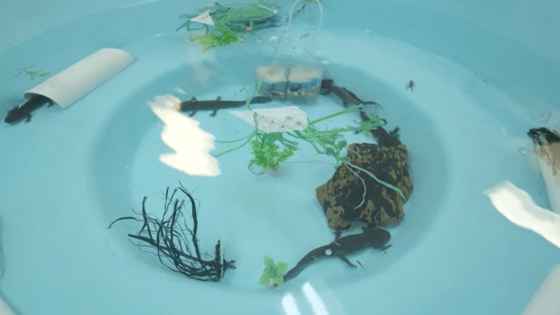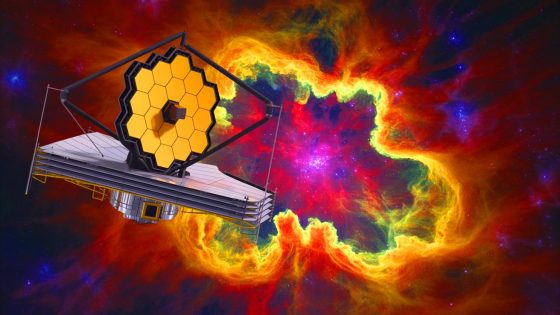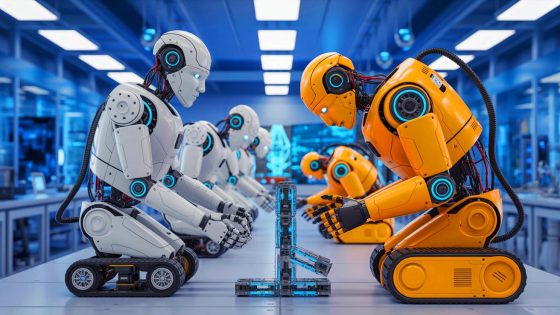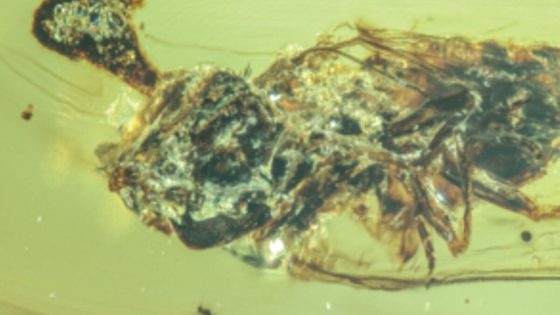Robotic metabolism is revolutionizing how we think about artificial intelligence and robotics. On July 27, 2025, researchers at Columbia University unveiled a robot capable of consuming other robots to enhance its capabilities. This innovative approach mimics biological evolution, suggesting that we should replicate nature’s methods rather than merely its results.
- Robots mimicking biological evolution methods
- Development of robots with rudimentary metabolism
- Concept of artificial life in robotics
- Shift to survivability-oriented robot design
- Truss Link module as basic robotic unit
- Modular robots enable reconfigurable architectures
Philippe Wyder, a developmental robotics researcher, led this groundbreaking project. His team combined concepts from artificial life, modular robotics, and survivability-oriented design to create a robot that grows stronger by “eating” other robotic units. This paradigm shift could redefine the future of robotics.
This development raises intriguing questions about the future of robotics. Can machines truly evolve like living organisms? The implications of such technology are vast and could lead to self-sustaining robotic systems. Consider these points:
- Robots could adapt to their environments by consuming resources.
- Modular designs allow for flexible reconfiguration and growth.
- Survivability-oriented designs may lead to more resilient machines.
As we explore these advancements, the future of robotics looks increasingly promising. Will we soon see machines that can adapt and thrive in their environments just like living organisms?



